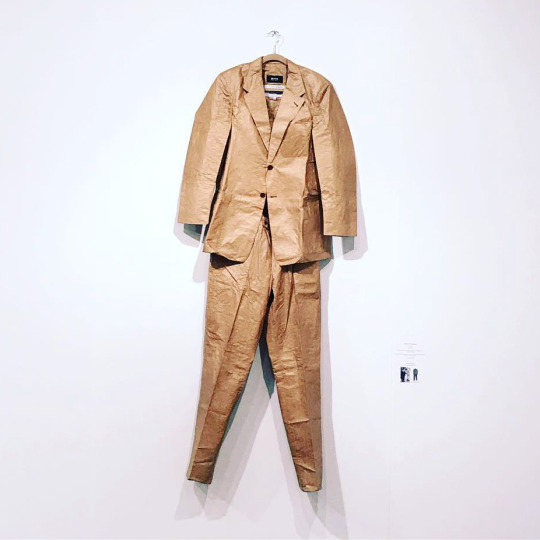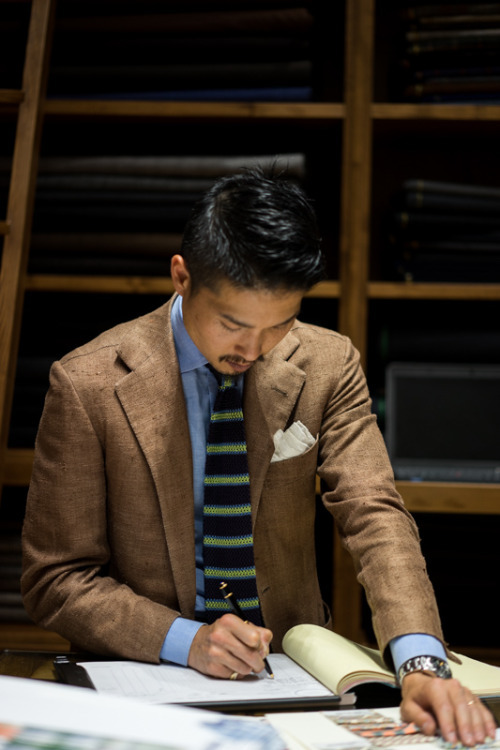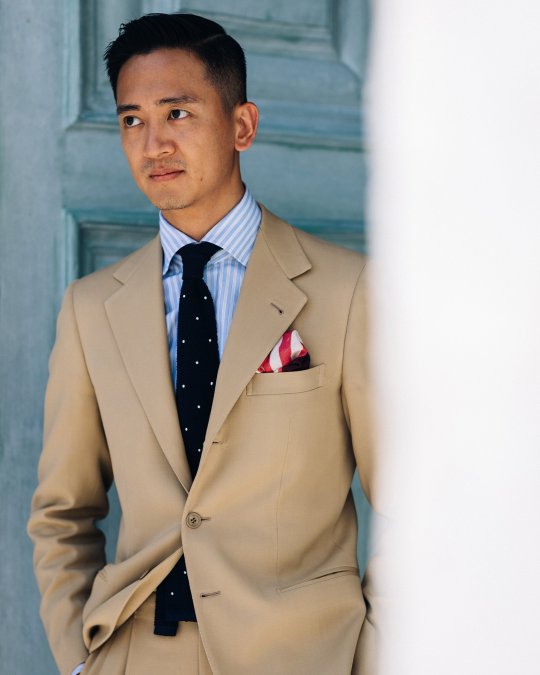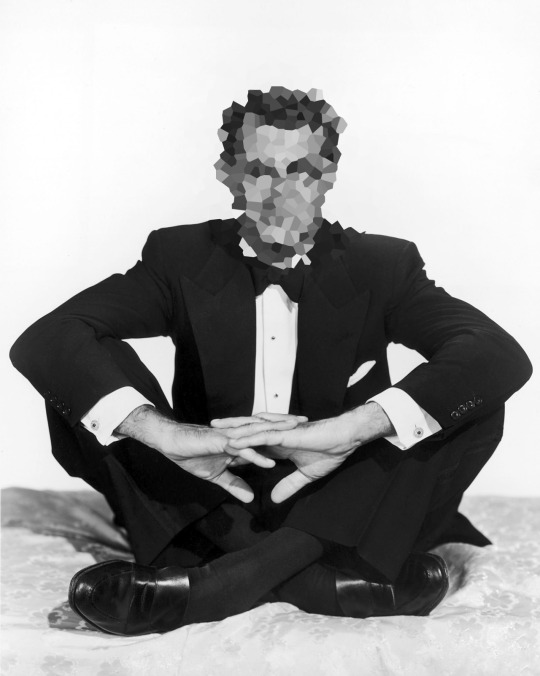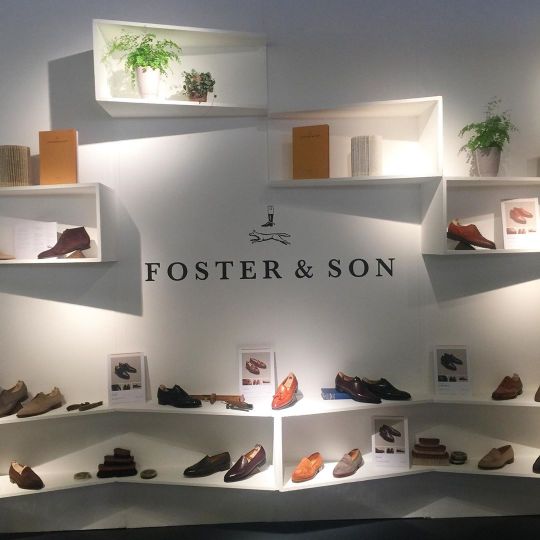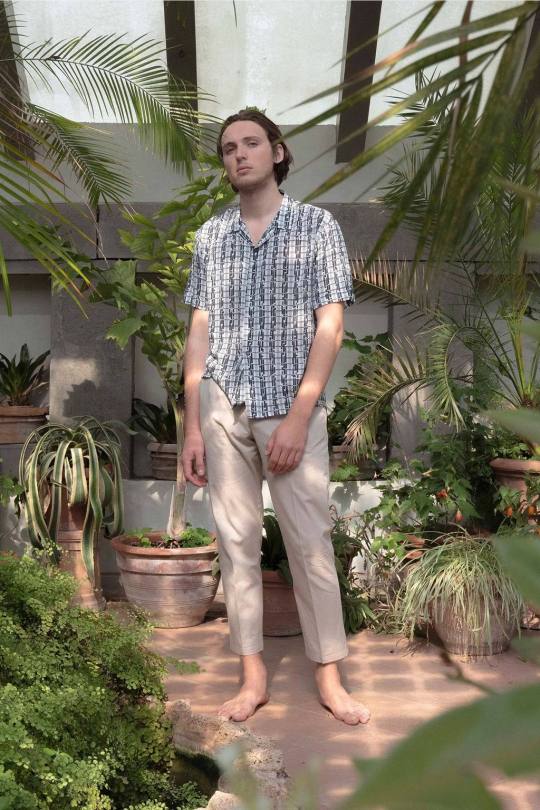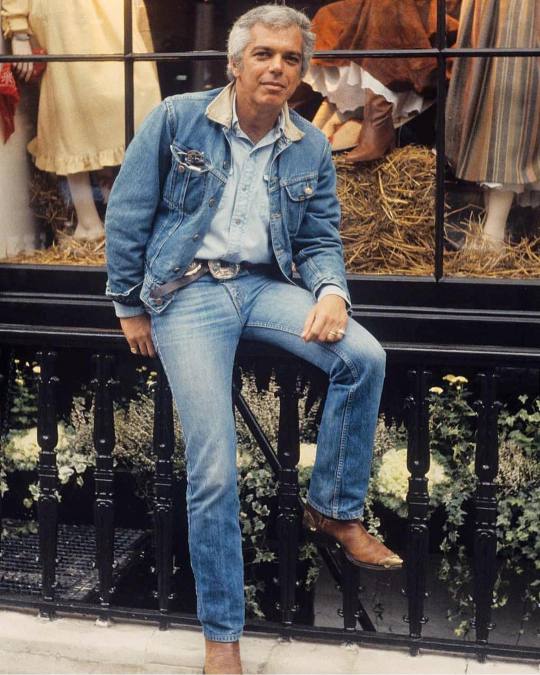
About fifteen years ago, some friends and I took a train to go shopping in San Francisco. One of my friends had just been invited to a wedding, and while we were all graduate students at the time and had very little money, she was determined to buy something beautiful for the occasion. So we headed downtown to Barneys.
Until then, I had never been to Barneys. I remember walking into the building and feeling overwhelmed by the store’s expansiveness and glossy emporium feel. There are six main floors for men’s and women’s collections. Each floor is neatly arranged but also packed with the kind of clothes, bags, and perfumes that most people have only heard of through magazines. Menswear is on the two top-most floors: there’s one for designer and another for tailoring. Here, you’ll find racks of Italian sport coats made from plush cashmere-blend hopsacks and silky windowpane patterns. There are dolefully constructed Rick Owens leather jackets and Thom Browne sweatsuits that are so expensive, they suggest you loot your own country. Near the rows of crystal-weave Charvet ties are the European-made leather bags, which I imagine are sold to men who jet around the world. The whole store felt very glamorous.
Two weeks ago, Barneys filed for Chapter 11 bankruptcy. They announced that they’ll be closing all but five of their 22 locations — the San Francisco store being one of the few that will be spared, along with their Madison Avenue flagship and the Chelsea store that opened three years ago around the block from their original location. If Barneys shutters, it will be the highest-profile victim of the current retail downturn. Some blame the company’s woes on online competition and skyrocketing rents (their Madison Avenue store’s rent nearly doubled to $30 million in January, which the company cited as a significant reason for their bankruptcy). But I can’t help but wonder this isn’t a sign that the once blinding and wonderous shine of glamour is starting to dull.
Keep reading








